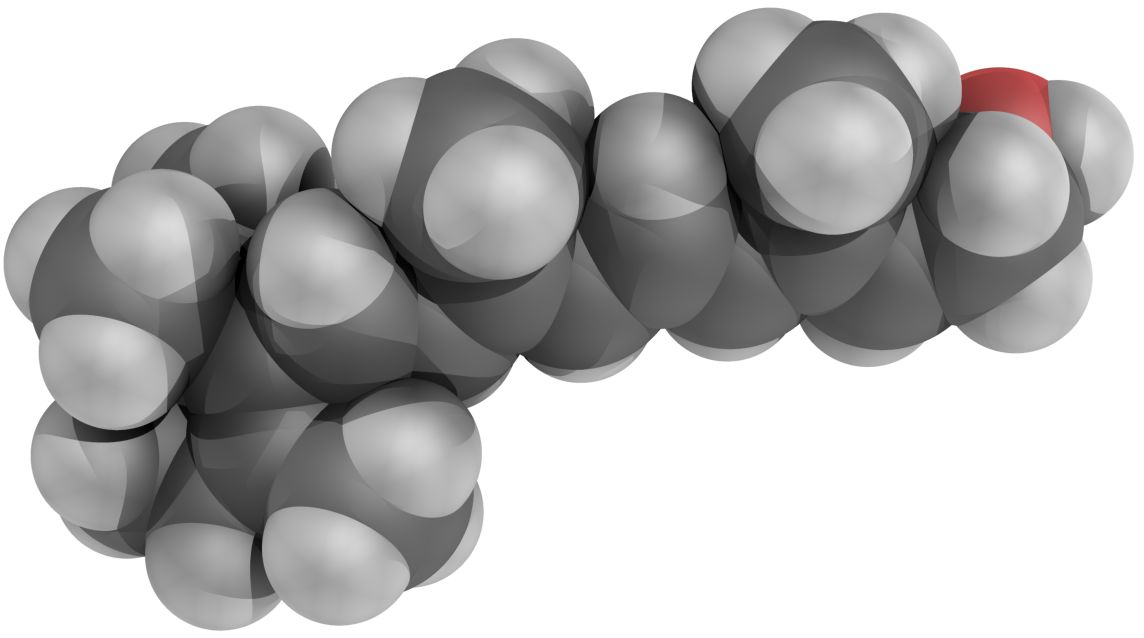#Vitamin A boosts fat burning in cold conditions

“#Vitamin A boosts fat burning in cold conditions”

A recent study conducted by a research team led by Florian Kiefer from MedUni Vienna’s Division of Endocrinology and Metabolism shows that cold ambient temperatures increase vitamin A levels in humans and mice. This helps convert “bad” white adipose tissue into “good” brown adipose tissue, which stimulates fat burning and heat generation. This “fat transformation” is usually accompanied by enhanced energy consumption and is therefore considered a promising approach for the development of novel obesity therapeutics. The study has now been published in the leading journal Molecular Metabolism.
Humans and mammals have at least two types of fatty depots, white and brown adipose tissue. During obesity development, excess calories are mainly stored in white fat. In contrast, brown fat burns energy and thereby generates heat. More than 90% of the body fat depots in humans are white, which are typically located at the abdomen, bottom and upper thighs. Converting white into brown fat could be a new therapeutic option to combat weight gain and obesity.
A research group led by Florian Kiefer from the Division of Endocrinology and Metabolism, Department of Medicine III at MedUni Vienna has now demonstrated that moderate application of cold increases the levels of vitamin A and its blood transporter, retinol-binding protein, in humans and mice. Most of the vitamin A reserves are stored in the liver and cold exposure seems to stimulate the redistribution of vitamin A toward the adipose tissue. The cold-induced increase in vitamin A led to a conversion of white fat into brown fat (“browning”), with a higher rate of fat burning.
When Kiefer and his team blocked the vitamin A transporter retinol-binding protein in mice by genetic manipulation, both the cold-mediated rise in vitamin A and the browning of the white fat were blunted: “As a consequence, fat oxidation and heat production were perturbed so that the mice were no longer able to protect themselves against the cold,” explains Kiefer. In contrast, the addition of vitamin A to human white fat cells led to the expression of brown fat cell characteristics, with increased metabolic activity and energy consumption.
“Our results show that vitamin A plays an important role in the function of adipose tissue and affects global energy metabolism. However, this is not an argument for consuming large amounts of vitamin A supplements if not prescribed, because it is critical that vitamin A is transported to the right cells at the right time,” explains the MedUni Vienna researcher. “We have discovered a new mechanism by which vitamin A regulates lipid combustion and heat generation in cold conditions. This could help us to develop new therapeutic interventions that exploit this specific mechanism.”
People with brown fat may burn 15% more calories
Anna Fenzl et al. Intact vitamin A transport is critical for cold-mediated adipose tissue browning and thermogenesis, Molecular Metabolism (2020). DOI: 10.1016/j.molmet.2020.101088
Citation:
Vitamin A boosts fat burning in cold conditions (2020, October 21)
retrieved 21 October 2020
from https://medicalxpress.com/news/2020-10-vitamin-boosts-fat-cold-conditions.html
This document is subject to copyright. Apart from any fair dealing for the purpose of private study or research, no
part may be reproduced without the written permission. The content is provided for information purposes only.
For forums sites go to Forum.BuradaBiliyorum.Com
If you want to read more Like this articles, you can visit our Science category.



